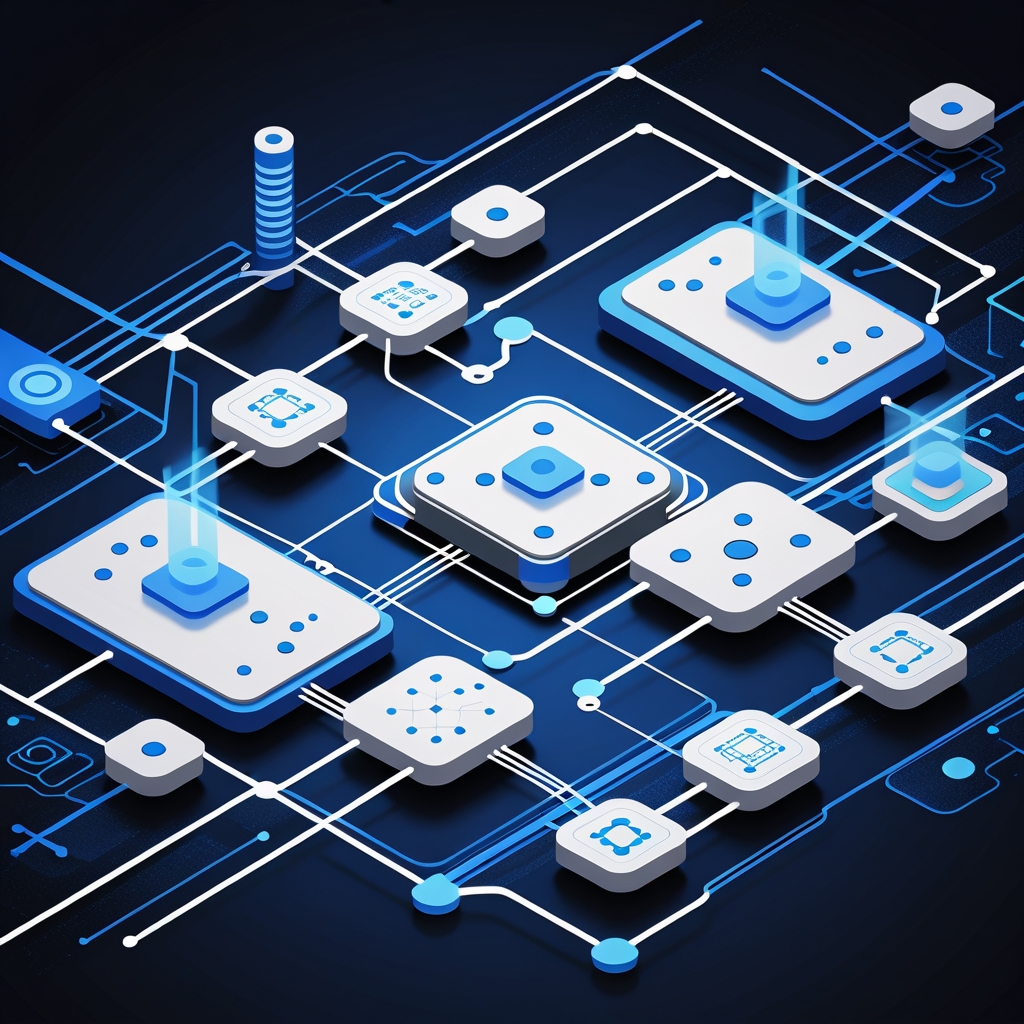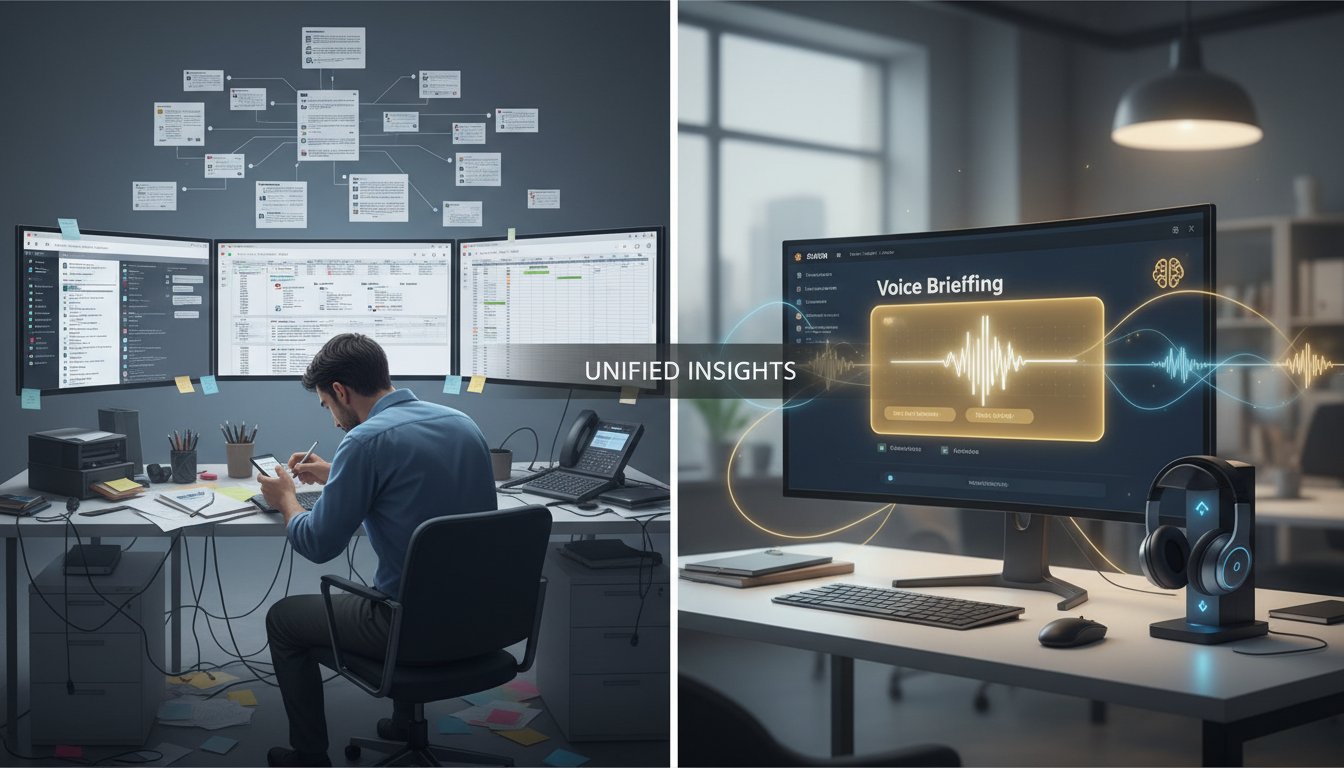The Promise vs. Reality of Enterprise RAG Systems
Last month, I walked into a Fortune 500 company’s headquarters to review their newly implemented RAG system. The CTO proudly showcased their vector database setup, which had cost them six figures to implement. “Watch this,” he said, typing a complex query about their manufacturing processes. The system returned a confident yet completely inaccurate response, mixing up information from multiple departments and presenting it as fact.
This scenario plays out in enterprises worldwide. Companies invest heavily in RAG systems that promise to make their AI implementations smarter, more accurate, and grounded in their proprietary data. Yet many still struggle with fundamental challenges: contextual understanding, relationships between data points, and maintaining accuracy at scale.
The solution? Graph-based RAG systems are emerging as the critical missing piece. In this post, I’ll share how knowledge graph integration with RAG delivers more deterministic, contextually relevant AI outputs in enterprise environments, why traditional vector-only approaches fall short, and how to implement this advanced approach in your organization.
Why Traditional RAG Systems Fall Short in Enterprise Environments
Before diving into graph-based solutions, let’s understand why conventional RAG implementations often underperform in complex enterprise settings:
The Vector Database Limitations
Traditional RAG systems rely heavily on vector databases that embed documents and queries into high-dimensional space. While effective for simple retrieval tasks, they struggle with several enterprise-specific challenges:
-
Context Fragmentation: Vector databases treat each document or chunk as an independent entity, losing the relationships between information pieces. This leads to what I call “context amnesia”—where the system retrieves relevant chunks but fails to understand how they relate to each other.
-
Lack of Hierarchical Understanding: Enterprise knowledge is inherently hierarchical. A policy might apply to certain departments but not others, or a procedure might have exceptions for specific cases. Vector similarity alone can’t capture these nuanced relationships.
-
Time-Dependent Information: Many enterprise processes evolve over time, with procedures or regulations changing. Traditional RAG systems struggle to represent temporal relationships effectively.
-
Security and Access Patterns: Enterprise data often has complex access patterns that aren’t easily represented in a flat vector space.
According to recent research from Bloomberg, these limitations can actually make RAG-enhanced AI models riskier and less reliable, with a reported 30% increase in unsafe outputs when using traditional RAG approaches.
The Graph-Based RAG Revolution
Graph-based RAG systems address these limitations by incorporating knowledge graphs alongside vector embeddings, creating a more comprehensive and contextually aware retrieval mechanism.
How Graph-Based RAG Works
At its core, a graph-based RAG system combines the strengths of both knowledge graphs and vector embeddings:
-
Dual Representation: Information is stored both as vector embeddings (for semantic similarity) and as nodes and edges in a knowledge graph (for relationship modeling).
-
Hybrid Retrieval: When a query comes in, the system performs both vector similarity search and graph traversal to find relevant information.
-
Context Augmentation: Retrieved information is enriched with contextual relationships from the graph, providing the generative model with a more comprehensive understanding.
-
Relationship-Aware Generation: The language model receives not just relevant text chunks but also the relationships between them, enabling more accurate responses.
The Technical Architecture
User Query → Embeddings + Graph Query Translation
↓
Parallel Processing
↓
Vector DB Search ←→ Knowledge Graph Traversal
↓
Result Fusion & Ranking
↓
Context Assembly with Relationship Metadata
↓
LLM Generation
This hybrid approach has shown remarkable improvements in enterprise settings. AWS recently released an open-source GraphRAG Toolkit that makes it simpler for customers to build and customize their GraphRAG workflows, reporting a 40% improvement in answer accuracy for complex enterprise queries.
Implementing Graph-Based RAG: A Technical Guide
Let’s walk through the steps to implement a graph-based RAG system in your enterprise:
1. Knowledge Graph Construction
The foundation of graph-based RAG is a well-structured knowledge graph. This can be built through:
-
Entity Extraction: Identify key entities in your enterprise data (products, departments, policies, customers, etc.).
-
Relationship Mapping: Define the connections between entities (reports_to, contains, applies_to, etc.).
-
Property Assignment: Attach properties to entities and relationships (timestamps, confidence scores, access levels).
For enterprises with large document collections, this process can be semi-automated using NLP techniques like named entity recognition and relation extraction.
2. Vector Database Integration
While the knowledge graph provides structure, vector embeddings still offer valuable semantic matching capabilities:
-
Chunk Strategically: Rather than arbitrary chunking, align text chunks with logical entities in your knowledge graph.
-
Entity-Linked Embeddings: Store references to graph entities within your vector database entries to facilitate cross-referencing.
-
Multi-Vector Representations: Consider storing multiple vector representations for different aspects of the same entity.
3. Query Processing Pipeline
The query pipeline needs to effectively combine graph-based and vector-based retrieval:
-
Query Understanding: Parse the user query to identify entities, relationships, and constraints that can guide graph traversal.
-
Weighted Retrieval: Implement algorithms that weight the importance of vector similarity versus graph relationship strength based on query characteristics.
-
Path Reasoning: For complex queries, implement path reasoning algorithms that can follow chains of relationships in the knowledge graph.
Microsoft’s GraphRAG framework demonstrates how this hybrid approach can revolutionize knowledge processing for AI, with their implementation showing particular strength in multi-hop reasoning tasks.
4. Security and Governance Integration
One of the significant advantages of graph-based RAG for enterprises is enhanced security and governance:
-
Access Control at the Graph Level: Represent access permissions as properties on nodes and edges.
-
Provenance Tracking: Maintain lineage information in the graph to track where information came from.
-
Versioning: Represent temporal relationships to track how information changes over time.
AWS has introduced new approaches for securing sensitive data in graph-based RAG applications using Amazon Bedrock, focusing on identifying and redacting sensitive information before ingestion while maintaining relationship integrity.
Measuring Success: Evaluation Framework for Graph-Based RAG
Implementing a new RAG architecture is only valuable if you can measure its improvement. The industry has recently seen the emergence of comprehensive evaluation frameworks specifically designed for RAG systems:
Key Metrics to Track
-
Context Precision: What percentage of retrieved context is actually relevant to the query?
-
Context Recall: What percentage of all relevant information is retrieved?
-
Relationship Accuracy: Are the relationships between entities correctly preserved?
-
Answer Faithfulness: Does the generated answer stick to the information provided in the retrieved context?
-
Multi-Hop Accuracy: How well does the system handle questions requiring following chains of relationships?
Ragas, an open-source evaluation framework, provides specialized metrics for evaluating RAG systems across these dimensions, helping organizations cut through AI hype with quantifiable results.
Real-World Success Stories
The theoretical benefits of graph-based RAG are compelling, but what about real-world results? Here are three case studies from enterprises that have implemented this approach:
Financial Services Company
A global financial institution implemented graph-based RAG to navigate their complex regulatory landscape. By modeling regulations, policies, and procedures as a knowledge graph, they achieved:
- 76% reduction in compliance-related query errors
- 52% faster retrieval of relevant regulatory information
- 3x improvement in contextual accuracy for complex compliance questions
The key was representing not just the regulations themselves but the relationships between regulations, affected departments, and implementation timelines.
Healthcare Provider Network
A healthcare organization used graph-based RAG to improve their clinical decision support system:
- Represented patient data, medical knowledge, treatment protocols, and contraindications as a complex knowledge graph
- Achieved 83% accuracy on complex medical queries (vs. 51% with traditional RAG)
- Reduced hallucination rates by 65% when discussing treatment options
The healthcare segment is now leading industry adoption of RAG technologies, with a 36.61% market share according to recent market analysis.
Manufacturing and Supply Chain
A global manufacturer implemented graph-based RAG to optimize their supply chain operations:
- Modeled suppliers, components, assembly processes, and logistics as an interconnected graph
- Created 42% more accurate predictions of supply chain disruptions
- Reduced response time for complex supply chain queries from minutes to seconds
The Future: Multimodal Graph-Based RAG
As impressive as current graph-based RAG systems are, the next frontier combines graph-based approaches with multimodal capabilities:
Beyond Text: Integrating Multiple Data Types
Multimodal RAG systems can process and retrieve information from text, images, and audio simultaneously, creating more versatile enterprise applications. NVIDIA has been leading development in this space, recently releasing frameworks that support multimodal retrieval within their enterprise AI platform.
When combined with graph-based approaches, multimodal RAG creates powerful new capabilities:
- Visual Relationship Mapping: Extracting entities and relationships from images and diagrams
- Cross-Modal Connections: Linking textual descriptions to visual representations
- Audio-Enhanced Context: Incorporating transcribed meetings or calls with proper relationship mapping
This convergence creates what I call “relationship-aware multimodal RAG”—systems that understand not just the content of different media types but how they relate to each other in your enterprise context.
Common Implementation Pitfalls to Avoid
Before wrapping up, let me share some common pitfalls I’ve seen organizations encounter when implementing graph-based RAG:
1. Over-Engineering the Knowledge Graph
Starting with an overly complex knowledge graph design often leads to implementation paralysis. Begin with core entities and relationships, then expand incrementally based on actual query patterns.
2. Neglecting Graph Maintenance
Knowledge graphs require ongoing maintenance as your enterprise information evolves. Implement automated processes to detect inconsistencies and update relationships.
3. Improper Balancing of Graph vs. Vector Retrieval
Some implementations rely too heavily on either graph traversal or vector similarity. The magic happens in the balanced integration of both approaches.
4. Inadequate Evaluation
Without proper evaluation frameworks, it’s difficult to tune your system effectively. Implement comprehensive RAG-specific metrics from the start.
Conclusion: The Graph-Based Future of Enterprise RAG
As we’ve seen, traditional RAG systems, while powerful, often fall short in complex enterprise environments. Graph-based RAG represents a significant evolution, addressing the limitations of vector-only approaches by incorporating the rich relationships between information pieces.
The results speak for themselves: improved accuracy, better contextual understanding, enhanced security, and more reliable AI outputs. With the RAG market expected to grow at a CAGR of 49% in the coming years, organizations that adopt graph-based approaches will be better positioned to extract maximum value from their AI investments.
Remember that Fortune 500 company I mentioned at the beginning? Six months after implementing a graph-based RAG system, their query accuracy improved by 67%, and their AI system became a trusted advisor rather than a source of frustration.
The unspoken truth about graph-based RAG systems is that they don’t just incrementally improve traditional RAG—they fundamentally transform what’s possible with enterprise AI by preserving the relationships that give information its true meaning.
Ready to Transform Your Enterprise RAG Implementation?
Whether you’re just starting your RAG journey or looking to enhance an existing implementation, the graph-based approach offers compelling advantages for enterprise environments. Share your experiences or questions in the comments below, or reach out directly to discuss how these techniques might apply to your specific use case.




